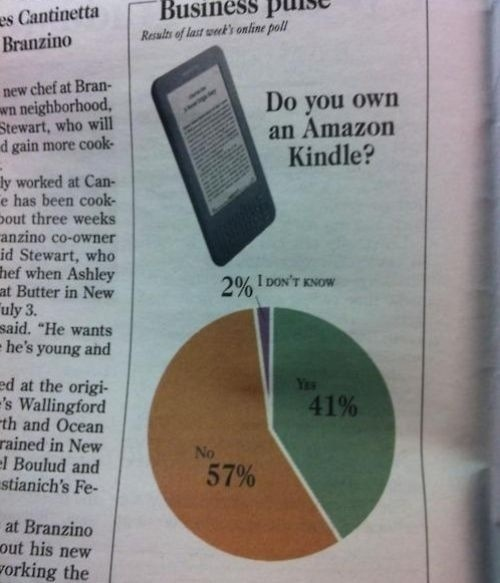Internet companies have the unique ability to scale quicker than any other industry on earth. Never before has a company been able to position itself from being nothing more than an idea to being in the living rooms of millions around the globe in a matter of hours. While this introduces seemingly unlimited opportunities to grow it also allows for exponential waste if a company isn’t careful. It’s interesting to see how they scale. Scaling businesses in many ways isn’t very different than scaling servers and software stacks.
The Classic Example: UPS
Started in 1907 and adopting the name United Parcel Service in 1919 UPS has no real “high tech” background unless you include the Ford Model T. That doesn’t mean it couldn’t become more efficient. UPS has made a science of the delivery business. For example it’s famous for it’s “no left” policy. Simply put they found that avoiding left turns means less time waiting at lights which means less fuel is wasted. The more efficient routing formerly done by humans now computerized saves them 3 million gallons of fuel in 2007 alone. Lets do the math:
Assuming they run 100% diesel at an average cost of $2.87/gallon in 2007 [doe] multiplied by 3 million that’s $8.61 million dollars by trying to avoid left turns.
Not bad for a souped up mapping application.
By having their drivers do things like turning of the ignition while unbuckling their seat belt at the same time, and scanning for the doorbell while walking towards the door (it’s easier to see from a distance than up close) they can shave time off of their routes.
Then of course there’s package tracking. While customers might like to know in what city their weight loss taps are sitting tracking systems help reduce loss and monitor package routing for optimal efficiency.
Cutting Utility Bills: Google
Being the largest search engine, a large ad network, email provider, analytics firm, mapping service, video site, and whatever else they do means Google needs a ton of servers. Cramming servers into data centers and keeping them cool to prevent hardware failures is a complicated and expensive task. Keeping the whole thing powered is also really expensive. Google has scrutinized server designs to eliminate all waste possible. This has resulted in Google having more horsepower at a lower cost than their competitors. Having more capacity at a lower cost means Google can do more at a lower cost than their competitors. I won’t discuss Google in too much detail since they did a great job themselves recently and I mentioned it the other day in another blog post: Google’s Data Center Secrets.
Shipping Efficiency: Amazon
Amazon’s long been improving efficiency by using data collection and analysis to encouraging their customers to spend more. Their algorithms to recommend related products you might be interested in is one of the best out there. Their ordering system is streamlined to prevent customers from bailing before completion. Their products are SEO’d to appear on the top of Google searches. That doesn’t mean Amazon can’t improve other parts of their business.
Amazon several months ago started a Frustration-Free Packaging program. Here’s how they describe it:
The Frustration-Free Package (on the left) is recyclable and comes without excess packaging materials such as hard plastic clamshell casings, plastic bindings, and wire ties. It’s designed to be opened without the use of a box cutter or knife and will protect your product just as well as traditional packaging (on the right). Products with Frustration-Free Packaging can frequently be shipped in their own boxes, without an additional shipping box.
The key here is “can frequently be shipped in their own boxes”
. By shipping a box alone rather than packaging they can skip a step in their warehouses (and the packaging materials that go with packaging something for delivery). This also lowers the weight as those extra boxes don’t weigh 0 oz. The frustration free packaging is also the perfect shape for efficiently filling trucks and strong enough to not crush easily thus lowering returns due to damage.
Amazon now even has a feedback form [login required] for users to share what they think of their package. This has the added bonus of helping further reduce the inefficient shipping practices so common right now.
Amazon’s also done a significant amount of work on their infrastructure to make their servers scale well using tech such as EC2 and S3. By selling capacity to other companies they able to take advantage of economy of scale as well as diversify their business beyond just retail. Of course they are planning their data centers to have access to cheap power.
These aren’t haphazard attempts at increasing efficiency, these are well calculated engineered approaches to removing even the smallest inefficiencies with the knowledge of how they compound as operations scale. Aren’t they clever?



 It arrived in an envelope containing a tiny ziplock back with no labeling (it’s barebones). When I hooked it up it seemed that audio quality wasn’t very good. I never bothered to check out the microphone. At that price it obviously didn’t make fiscal sense to return it as the postage costs about as much as it’s worth. So I decided to finish dissecting it.
It arrived in an envelope containing a tiny ziplock back with no labeling (it’s barebones). When I hooked it up it seemed that audio quality wasn’t very good. I never bothered to check out the microphone. At that price it obviously didn’t make fiscal sense to return it as the postage costs about as much as it’s worth. So I decided to finish dissecting it. 
